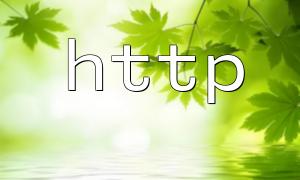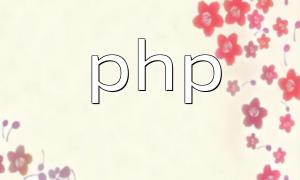The simplest method is to directly output the PHP variable into HTML and then read the value in JavaScript.
Suppose we have a PHP variable that we want to pass to JavaScript:
In this example, PHP outputs the variable as a JavaScript variable, allowing you to use jsVariable in JavaScript.
Another common method is to use an AJAX request to fetch PHP data. This approach allows asynchronous data fetching from the server without reloading the page.
Create a PHP endpoint to return data.
Send an AJAX request using JavaScript.
Handle the returned data.
With this approach, JavaScript can fetch data passed from PHP in real-time, enabling dynamic web functionality.
JSON is a lightweight data interchange format that is ideal for transferring data between JavaScript and PHP.
In PHP, data can be encoded into JSON format, which JavaScript can easily parse.
Using JSON ensures effective data transfer between JavaScript and PHP, enhancing development flexibility.
In web development, it is common for JavaScript to need values passed from PHP. You can achieve this via direct output, AJAX requests, or JSON format, among other methods. Choosing the appropriate method based on your specific needs and context will help improve the efficiency and reliability of your project.
We hope this article helps you better understand the interaction between JavaScript and PHP, and equips you to tackle various challenges in your development work.









